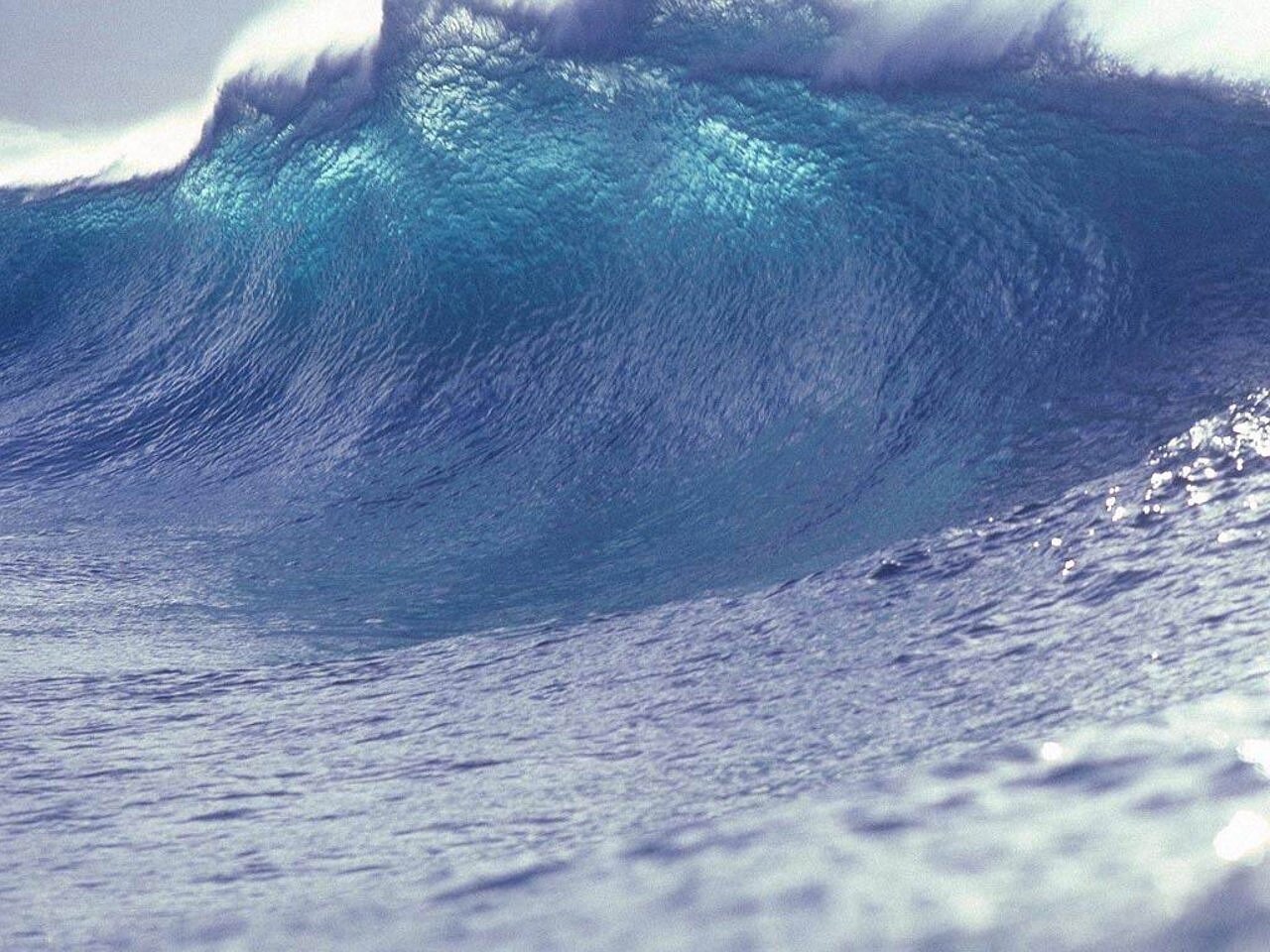Potential Tsunami Damage And Casualties In California: A Geographic Assessment

Welcome to your ultimate source for breaking news, trending updates, and in-depth stories from around the world. Whether it's politics, technology, entertainment, sports, or lifestyle, we bring you real-time updates that keep you informed and ahead of the curve.
Our team works tirelessly to ensure you never miss a moment. From the latest developments in global events to the most talked-about topics on social media, our news platform is designed to deliver accurate and timely information, all in one place.
Stay in the know and join thousands of readers who trust us for reliable, up-to-date content. Explore our expertly curated articles and dive deeper into the stories that matter to you. Visit Best Website now and be part of the conversation. Don't miss out on the headlines that shape our world!
Table of Contents
Potential Tsunami Damage and Casualties in California: A Geographic Assessment
A looming threat? Understanding California's vulnerability to tsunami events and the potential for widespread devastation.
California, famed for its stunning coastline, harbors a hidden vulnerability: the ever-present threat of tsunamis. While earthquakes are a more frequently discussed hazard, the potential for catastrophic tsunami damage and casualties in the Golden State shouldn't be underestimated. This article provides a geographic assessment of California's risk, examining vulnerable areas and outlining potential consequences.
California's Tsunami Risk Factors:
California's location on the Pacific Ring of Fire puts it squarely in the path of potential tsunami waves generated by both nearby and distant earthquakes. The Cascadia Subduction Zone, a major fault line off the coast of the Pacific Northwest, poses a significant threat. A massive earthquake along this zone could generate a devastating tsunami impacting the entire California coastline. Furthermore, earthquakes closer to home, within the state itself, could trigger local tsunamis, albeit often smaller in scale than those generated by distant events.
Geographic Areas at Highest Risk:
-
Northern California: Areas like Crescent City, Eureka, and Mendocino County are particularly vulnerable due to their proximity to the Cascadia Subduction Zone and their relatively exposed coastlines. Low-lying coastal areas and harbors are especially susceptible to inundation.
-
Central California: Coastal communities along Monterey Bay, Santa Cruz, and the Big Sur coastline face significant risks. The configuration of the coastline and the presence of bays and inlets can amplify tsunami wave heights.
-
Southern California: While potentially less directly impacted by Cascadia events, Southern California is still vulnerable to locally generated tsunamis and distant tsunamis from events further south in the Pacific. Areas like Los Angeles, San Diego, and Long Beach, with extensive coastlines and significant populations, could experience significant damage and casualties.
Potential Damage and Casualties:
The potential consequences of a major tsunami impacting California are staggering. The scale of damage and casualties would depend heavily on the size and intensity of the tsunami, but several key factors contribute to the potential devastation:
- Inundation: Low-lying coastal areas could be completely submerged, destroying homes, businesses, and infrastructure.
- Erosion: Powerful tsunami waves can cause significant coastal erosion, undermining buildings and infrastructure.
- Debris: The force of a tsunami carries massive amounts of debris, leading to further destruction and injuries.
- Casualties: The number of casualties could range from hundreds to thousands depending on the scale of the event, the level of preparedness, and the effectiveness of evacuation efforts.
Mitigation and Preparedness:
Improving tsunami preparedness is crucial. This includes:
- Early Warning Systems: Enhancing and maintaining robust early warning systems is paramount. The National Oceanic and Atmospheric Administration (NOAA) provides tsunami warnings, but individual preparedness is equally vital.
- Evacuation Planning: Clearly defined evacuation routes and plans are essential for minimizing casualties. Coastal communities should regularly conduct tsunami drills.
- Infrastructure Improvements: Building codes and infrastructure design should incorporate tsunami-resistant measures.
- Public Education: Educating the public about tsunami risks and preparedness strategies is crucial for community resilience.
Conclusion:
While a major tsunami event in California isn't a daily occurrence, the potential for significant damage and loss of life is undeniable. Understanding the geographic vulnerabilities, planning for effective mitigation strategies, and promoting community preparedness are critical steps in minimizing the impact of future tsunami events. Staying informed about tsunami warnings and evacuation procedures from official sources like NOAA is essential for the safety and well-being of California's coastal residents. Learn more about tsunami preparedness from your local emergency management agency.

Thank you for visiting our website, your trusted source for the latest updates and in-depth coverage on Potential Tsunami Damage And Casualties In California: A Geographic Assessment. We're committed to keeping you informed with timely and accurate information to meet your curiosity and needs.
If you have any questions, suggestions, or feedback, we'd love to hear from you. Your insights are valuable to us and help us improve to serve you better. Feel free to reach out through our contact page.
Don't forget to bookmark our website and check back regularly for the latest headlines and trending topics. See you next time, and thank you for being part of our growing community!
Featured Posts
-
 497 Foot Bomb Red Sox Prospect Roman Anthony Impresses Scouts
Jun 10, 2025
497 Foot Bomb Red Sox Prospect Roman Anthony Impresses Scouts
Jun 10, 2025 -
 Jay Wright Officially Removes Himself From Knicks Head Coach Consideration
Jun 10, 2025
Jay Wright Officially Removes Himself From Knicks Head Coach Consideration
Jun 10, 2025 -
 Veteran Linebacker Pratt Released By The Cincinnati Bengals
Jun 10, 2025
Veteran Linebacker Pratt Released By The Cincinnati Bengals
Jun 10, 2025 -
 Gaza Conflict Palestine Unveils 2026 World Cup Roster
Jun 10, 2025
Gaza Conflict Palestine Unveils 2026 World Cup Roster
Jun 10, 2025 -
 Bradshaw Werth And More The 2025 Belmont Stakes Vip Guest List
Jun 10, 2025
Bradshaw Werth And More The 2025 Belmont Stakes Vip Guest List
Jun 10, 2025
